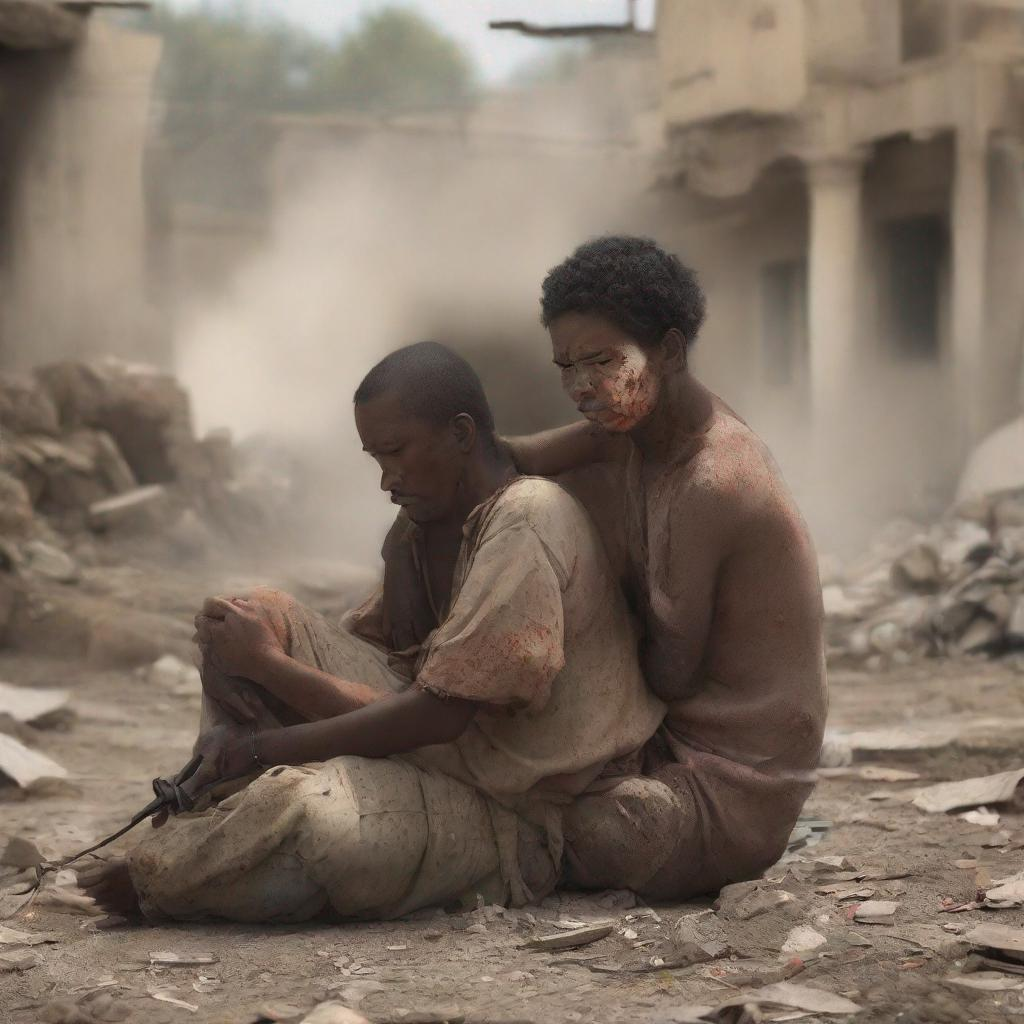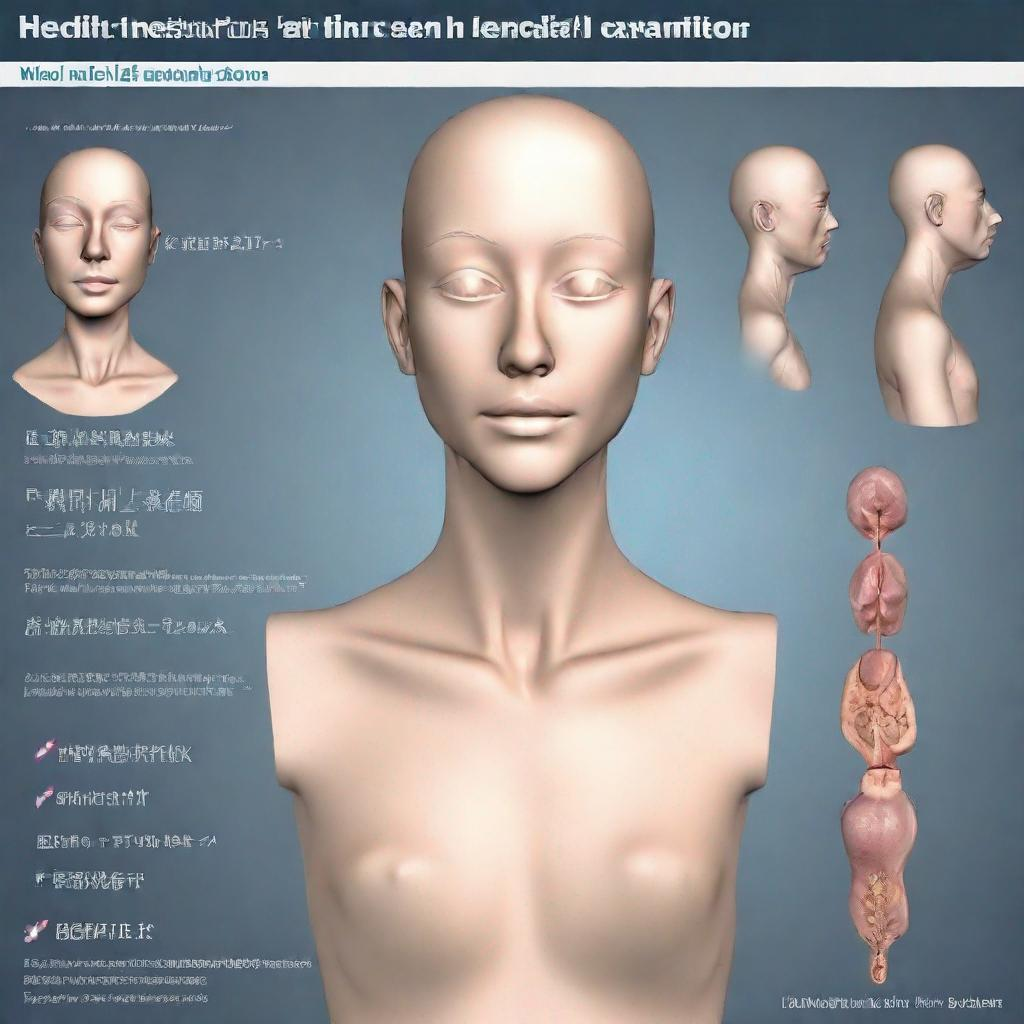## War and Civil Conflict: A Comprehensive Guide
### Introduction
War and civil conflict leave an indelible mark on individuals and societies alike, causing profound physical and psychological trauma. The widespread violence and destruction can lead to devastating health consequences, including severe injuries, disabilities, and mental health issues.
### Symptoms
The symptoms of war and civil conflict injuries can vary widely depending on the type and severity of the trauma. Common symptoms include:
– **Body Parts:**
– Soft tissue injuries
– Limb injuries (upper and lower)
– Head injuries
– Neck injuries
– Chest injuries
– Abdominal injuries
– **Conditions:**
– Gunshot wounds
– Stab wounds
– Explosions
– Mass casualties
– Amputations
– Scarring
– Disfigurement
– **Symptoms:**
– Pain
– Bleeding
– Infection
– Loss of mobility
– Disability
– Trauma
– Shock
### Diagnosis and Management
Diagnosing war and civil conflict injuries typically involves a combination of physical examination, imaging tests (e.g., X-rays, CT scans), and laboratory tests to assess for infection and other complications.
Treatment plans vary based on the specific injuries and may include:
– Emergency treatment and first aid
– Surgery (general, vascular, orthopedic, reconstructive)
– Amputation
– Rehabilitation
– Blood transfusions
– Pharmacotherapy (e.g., antibiotics, analgesics, anesthetics)
### Prevention
Prevention of war and civil conflict injuries is paramount. Measures include:
– Adhering to international human rights laws
– Promoting peacebuilding and conflict resolution
– Reducing the proliferation of weapons
– Addressing underlying social and economic factors that contribute to conflict
### Complications
War and civil conflict injuries can lead to a range of complications, including:
– Infection
– Disability
– Chronic pain
– Psychological trauma
– Social isolation
– Economic consequences
### Treatment and Prognosis
The prognosis for individuals with war and civil conflict injuries depends on the severity of the trauma and the availability of prompt and appropriate medical care. With timely intervention and long-term support, many individuals can regain function and rebuild their lives.
### Conclusion
War and civil conflict are major public health crises with devastating consequences for individuals and societies. Preventing these conflicts and providing comprehensive care for those affected is essential to mitigate the human suffering and promote peace and stability. By understanding the symptoms, diagnosis, and management of war and civil conflict injuries, healthcare professionals and policymakers can play a vital role in protecting and restoring the health and well-being of affected populations.




